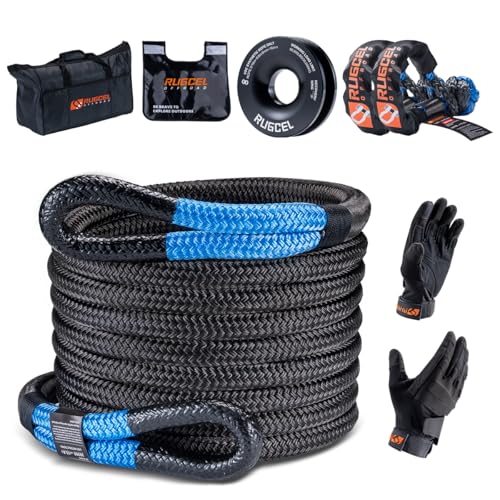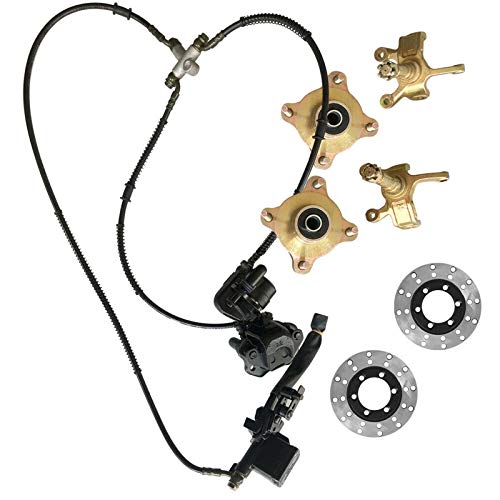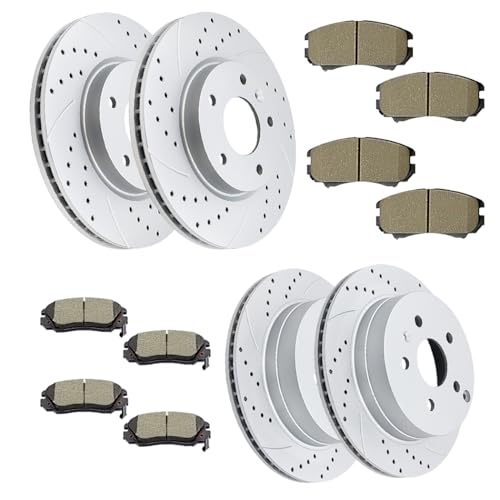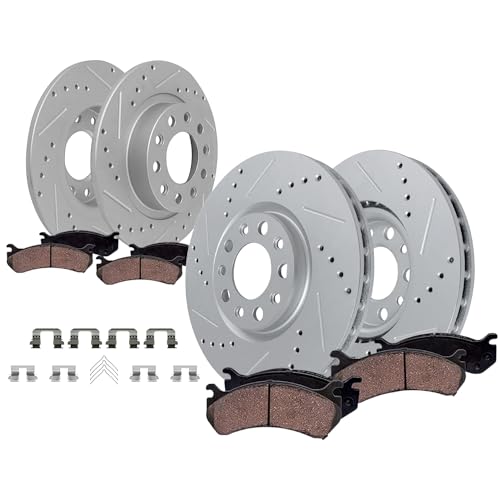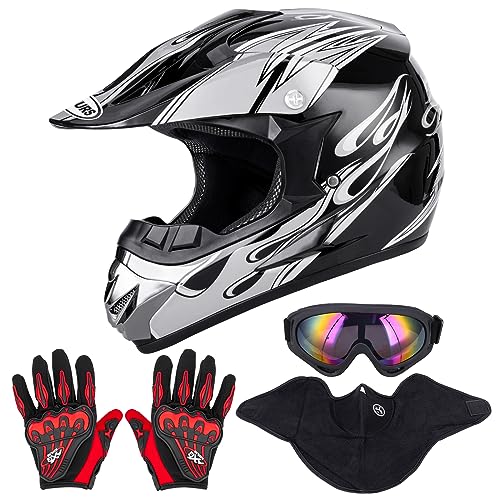- 【RUGCEL Recovery Rope Kit includes】1in×30ft kinetic recovery rope (rated at 34000 pounds), 1pair of heavy-duty gloves,1x…
- 【Kinetic Recovery Rope】Crafted from superior double woven nylon. The RUGCEL rope features a high-wear polymer coating fo…
- 【Recovery Ring】Made of 7075 aluminum alloy with powerful corrosion resistance, it is one of the strongest alloys with a …
Learning to drive off-road vehicles like ATVs (All-Terrain Vehicles) can be an exciting and adventurous experience.
Whether you are a beginner or have some experience with driving on regular roads, off-road driving requires a different set of skills and knowledge.
In this blog post, we will guide you through the process of learning to drive ATVs safely and confidently.
1. Familiarize Yourself with the Vehicle
Before you start driving an ATV, it is important to familiarize yourself with the vehicle and its controls.
Take the time to read the owner’s manual and understand the functions of each control, such as the throttle, brakes, gears, and steering.
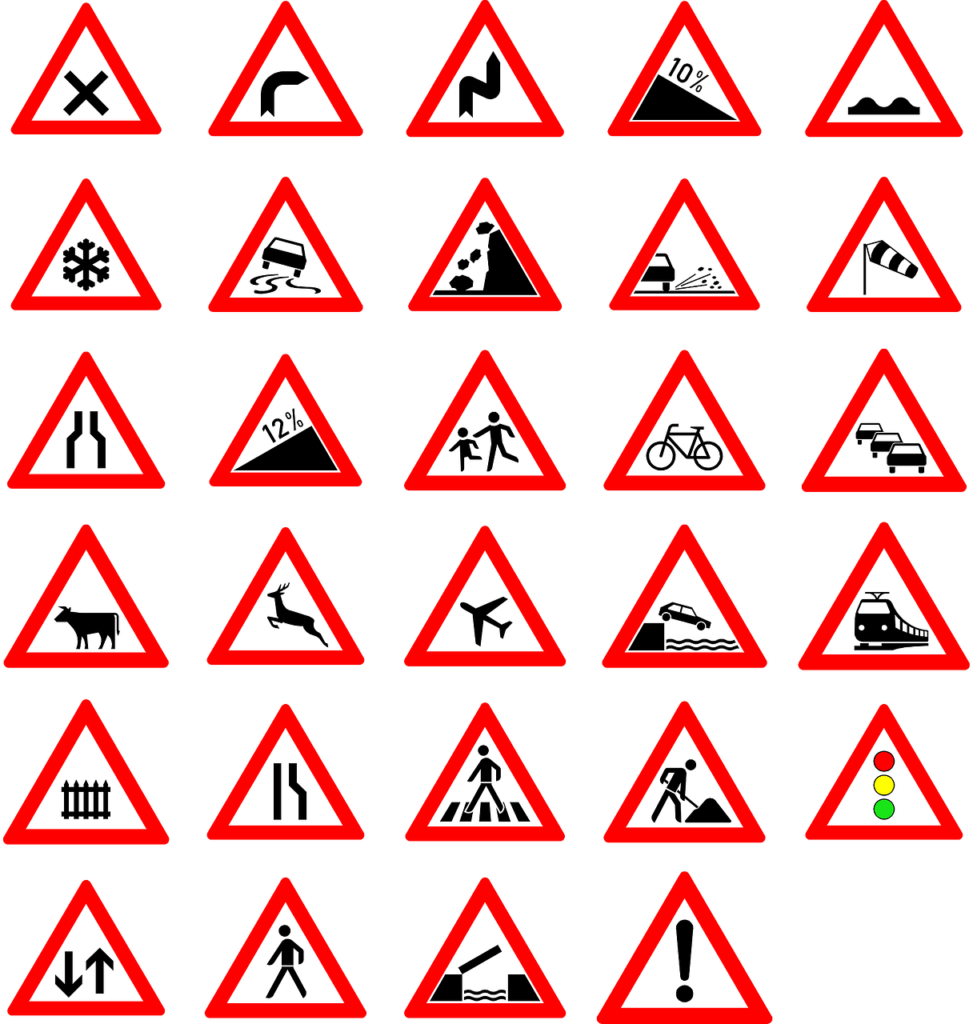
Familiarizing yourself with the vehicle will help you feel more comfortable and confident when you start driving.
2. Start with Basic Off-Road Driving Techniques
Off-road driving requires different techniques compared to driving on regular roads.
Start by practicing basic off-road driving techniques in a controlled environment.
Find an open space, such as an empty field or a designated off-road track, where you can practice without any obstacles or hazards.
Some basic off-road driving techniques to practice include:
- Body Positioning: Learn how to shift your body weight to maintain balance and control while driving on uneven terrain.
- Braking: Practice using both the front and rear brakes to control your speed and maintain stability.
- Turning: Master the art of turning on different types of terrain, such as gravel, mud, or sand.
- Ascending and Descending: Learn how to navigate steep inclines and descents safely.
3. Take a Safety Course
While practicing on your own can be helpful, taking a safety course specifically designed for off-road driving is highly recommended.
These courses are conducted by experienced instructors who will teach you the necessary skills and techniques to drive off-road vehicles safely.
During a safety course, you will learn about:
- Vehicle Safety: Understanding the safety features of your ATV and how to use them effectively.
- Terrain Analysis: Learning how to assess different types of terrain and identify potential hazards.
- Trail Etiquette: Understanding the rules and etiquette of off-road driving to ensure a safe and enjoyable experience for everyone.
- Emergency Situations: Knowing how to handle emergency situations, such as getting stuck or dealing with mechanical failures.
4. Start with Easy Trails
Once you have gained some confidence and skills through practice and a safety course, it’s time to start exploring off-road trails.
Begin with easy trails that are suitable for beginners and gradually progress to more challenging ones as you become more experienced.
When choosing a trail, consider factors such as:
- Difficulty Level: Look for trails that match your skill level. Starting with easy trails will help you build confidence and experience.
- Terrain: Consider the type of terrain you are comfortable driving on, such as dirt, rocks, or sand.
- Trail Length: Choose trails that are suitable for your level of endurance and the amount of time you have available.
- Local Regulations: Be aware of any local regulations or permits required for off-road driving in the area.
5. Drive Responsibly and Respect the Environment
Off-road driving comes with a responsibility to protect the environment and preserve the natural beauty of the trails.
Follow these guidelines to ensure responsible off-road driving:
- Stay on Designated Trails: Stick to established trails and avoid creating new ones. This helps prevent damage to the environment and preserves the natural habitat.
- Respect Wildlife: Observe wildlife from a distance and avoid disturbing their natural habitat.
- Leave No Trace: Pack out what you pack in and dispose of waste properly. Leave the trail as you found it.
- Be Considerate of Others: Yield to hikers, bikers, and other trail users. Keep noise levels to a minimum and avoid excessive speed.
Conclusion
Learning to drive off-road vehicles like ATVs requires practice, knowledge, and a commitment to safety.
By familiarizing yourself with the vehicle, practicing basic off-road driving techniques, taking a safety course, starting with easy trails.
And driving responsibly, you can enjoy the thrill and adventure of off-road driving while minimizing risks and respecting the environment.
So, gear up, get out there, and have a fantastic off-road driving experience!


